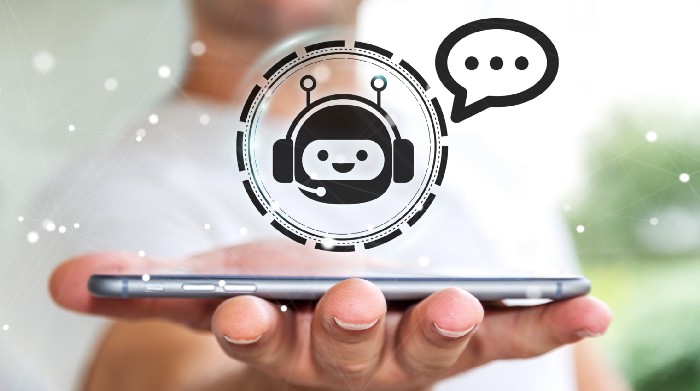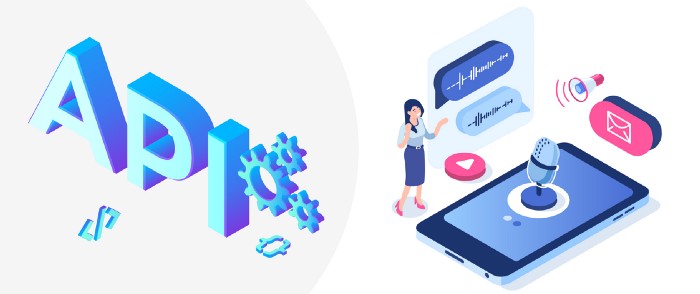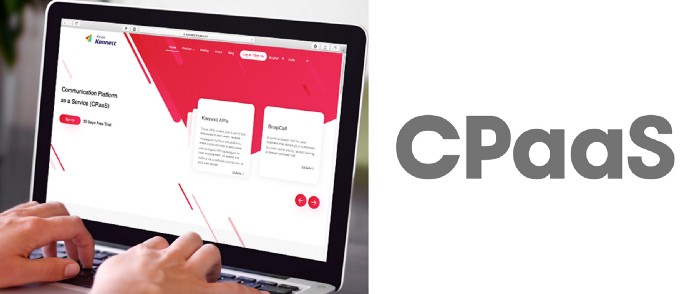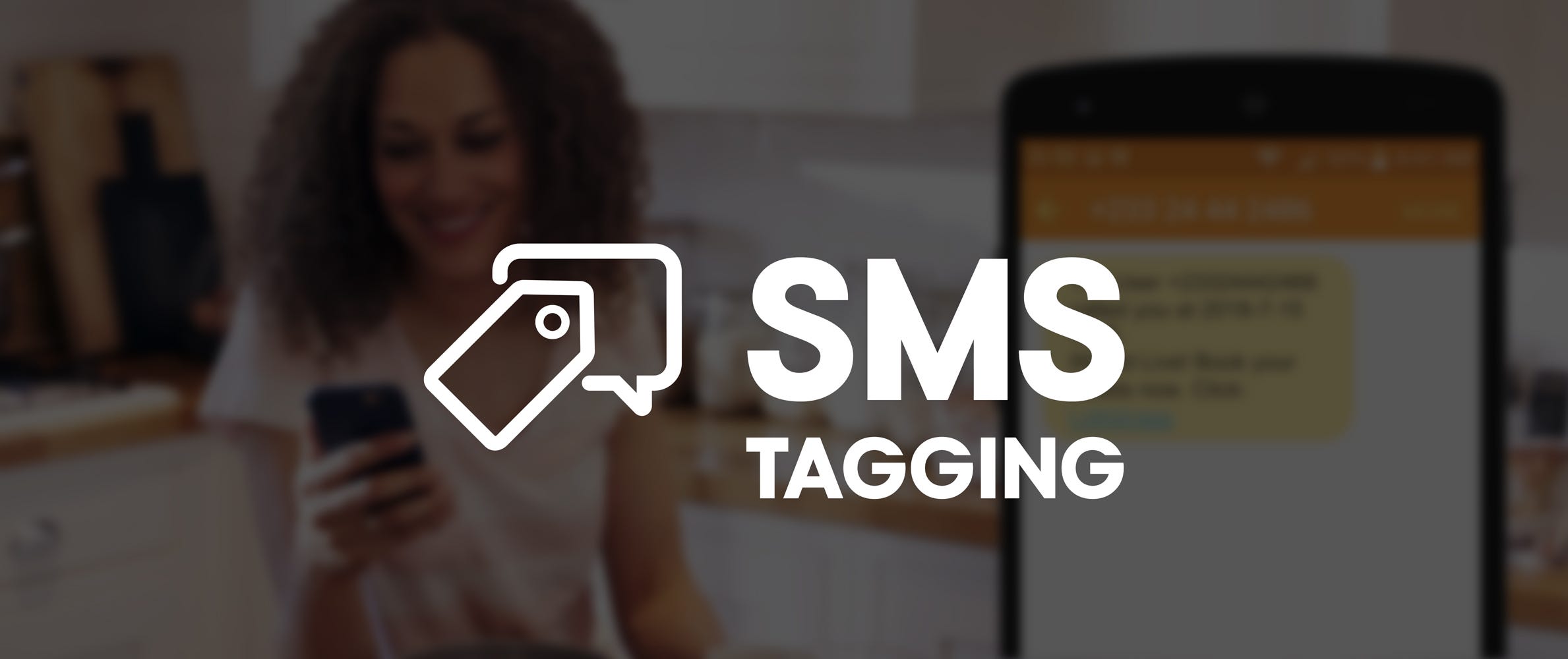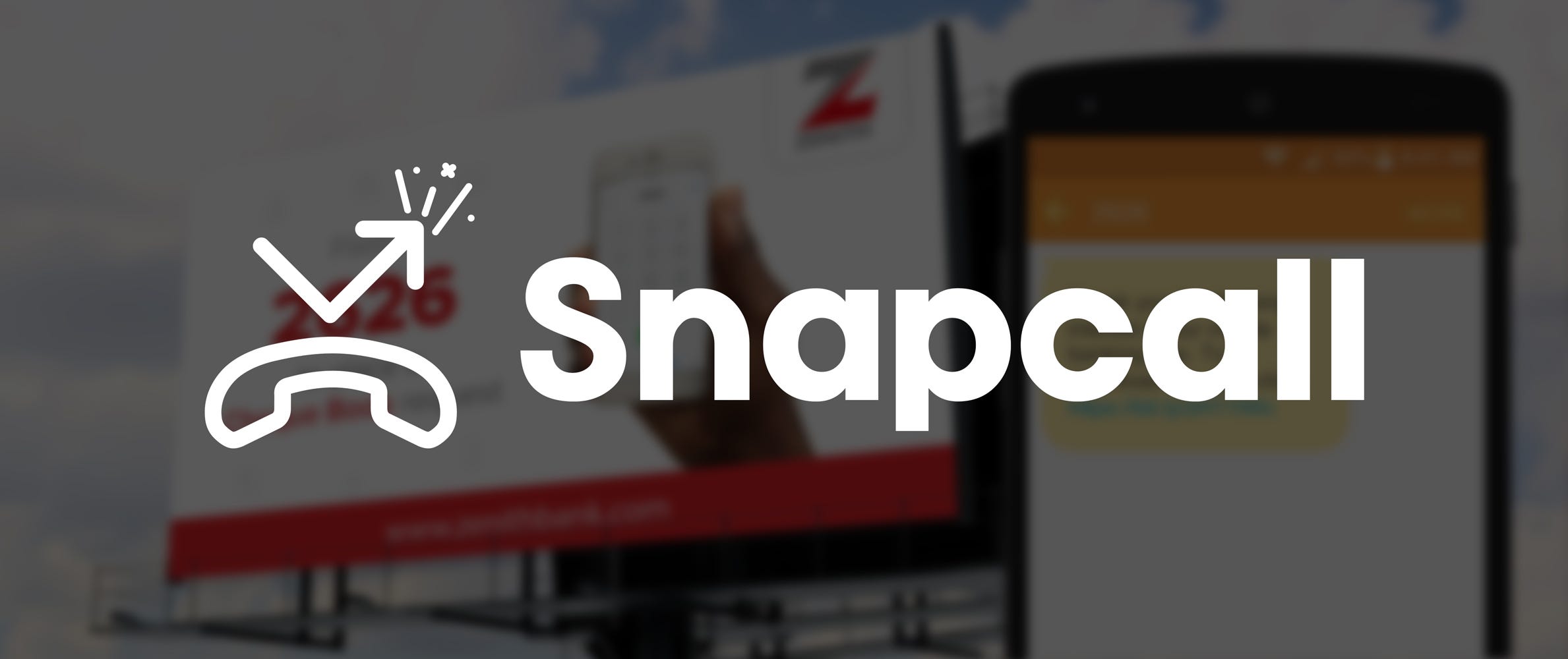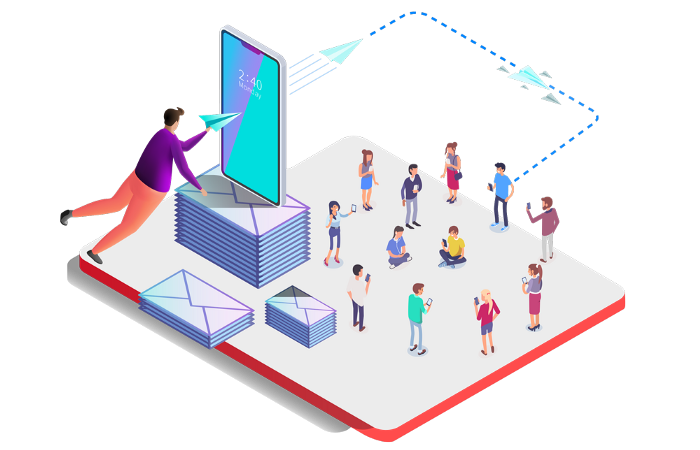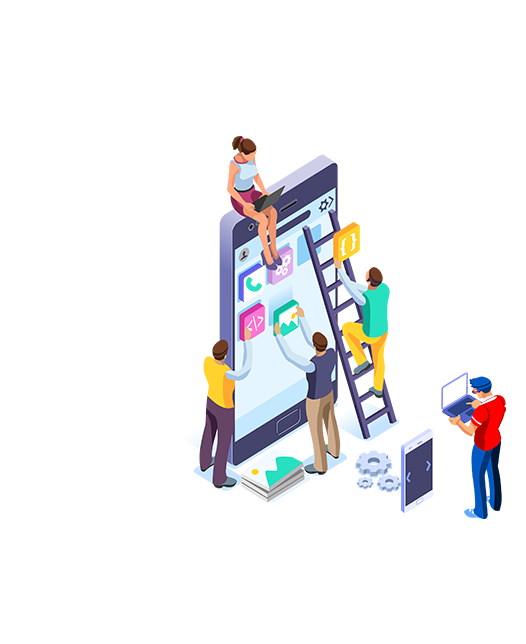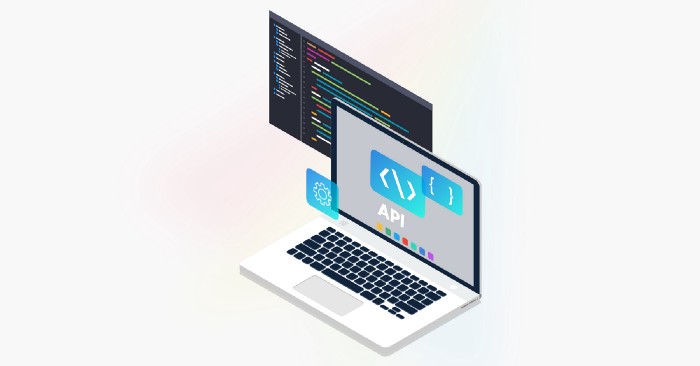There has been a dramatic change in the way brands and customers have been interacting over the past few years. With everything going digital, consumers are increasingly opting for ways to communicate that are accessible, simpler and faster. Similarly, brands are looking for opportunities that will elevate different forms of customer engagement.
Marketers no longer want to conform to the conventional forms of marketing and are always on the lookout for newer opportunities to engage with its users. After social media marketing, the shift has been to a more direct form of marketing through messaging. The shift has been gradual but now has acquired momentum with the emergence of OTT apps like WhatsApp, Facebook messenger, WeChat and more.
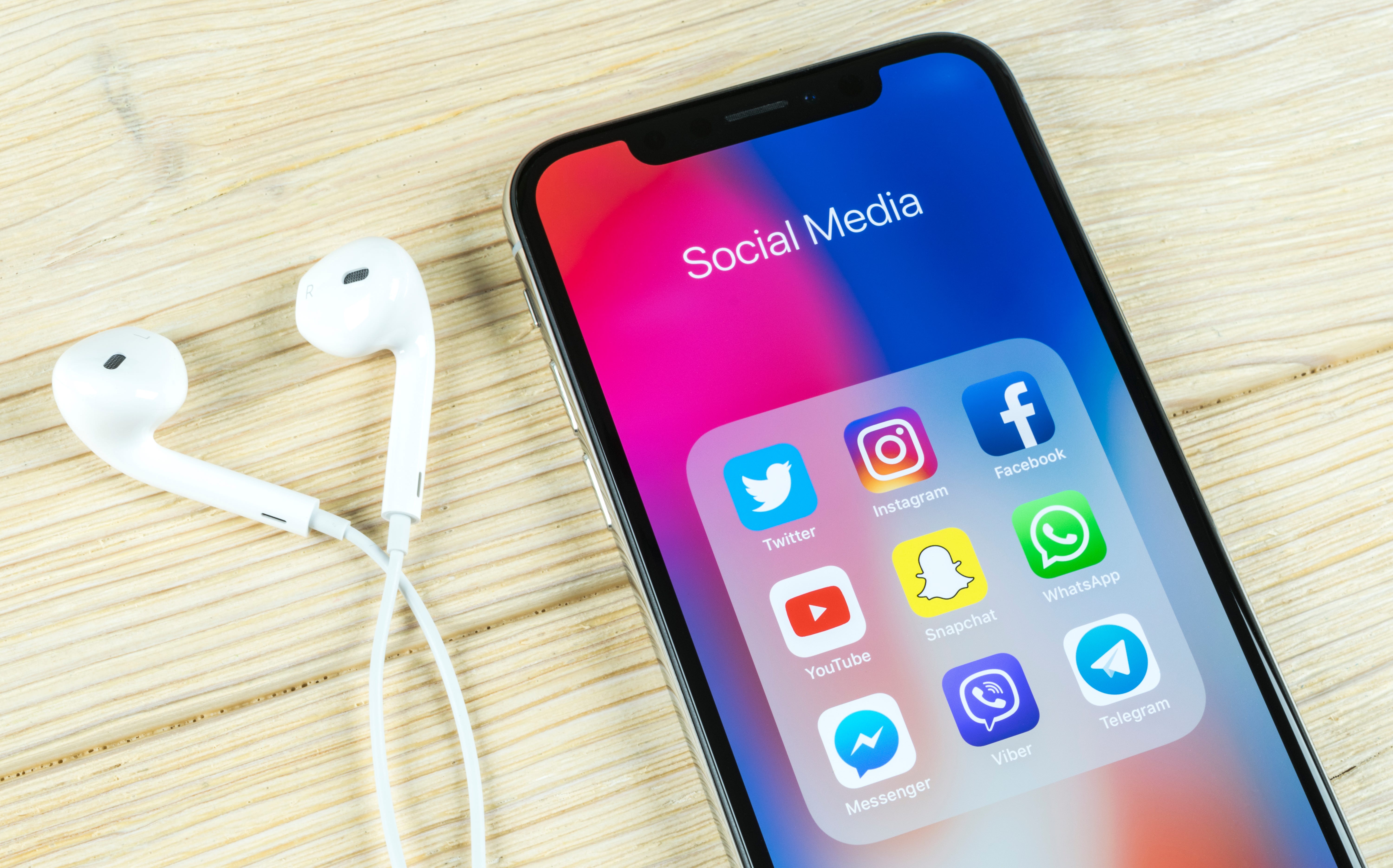
Chatbots as transforming customer experiences:
A chatbot is a service, fuelled by both rules and artificial intelligence. End users converse with a chatbot using a chat interface. This chat is similar to how they would talk to people in real life.

Below are the four ways chatbots are going to transform marketing and how brands are going to capitalize on this:
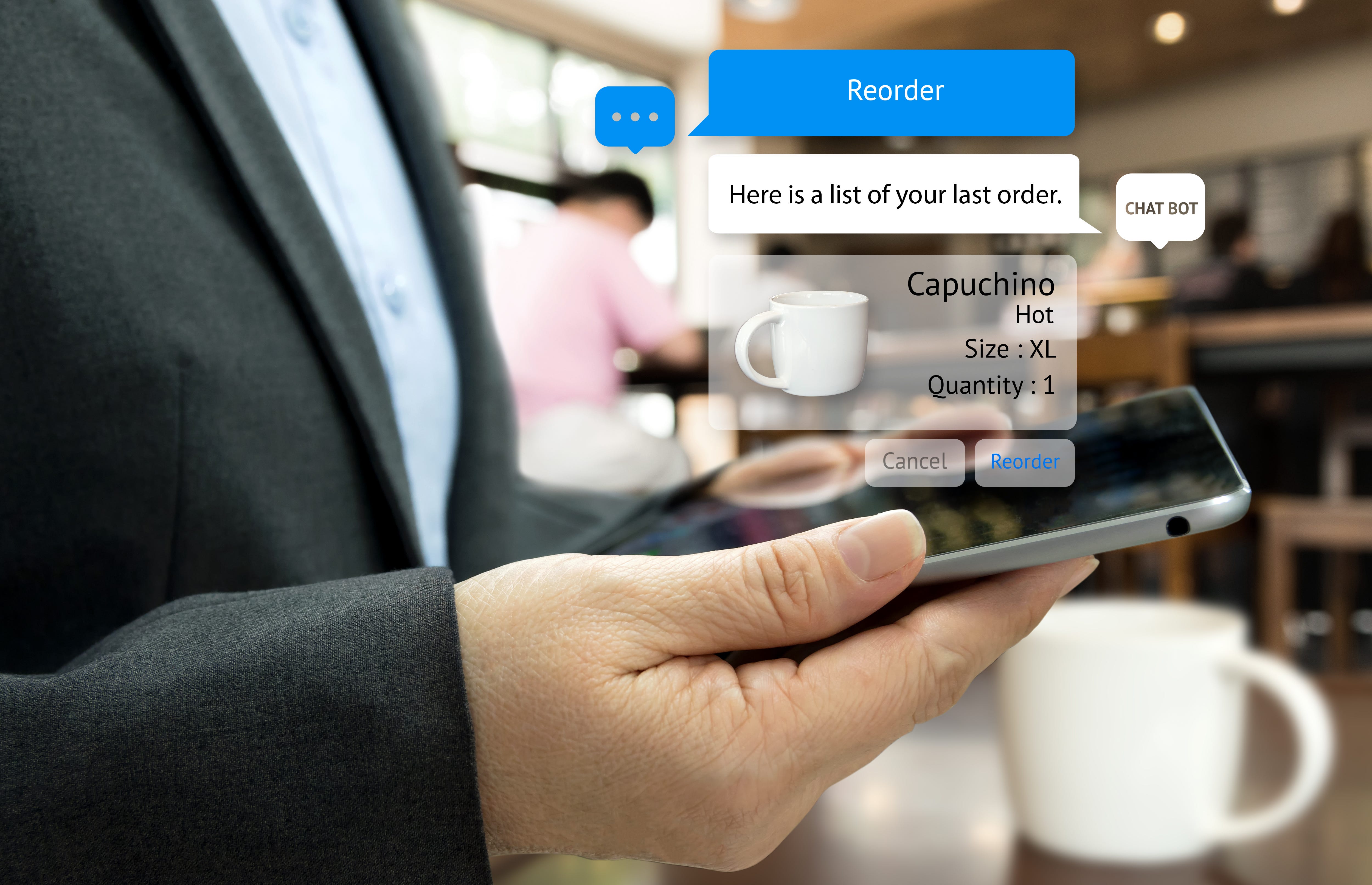
- Improved engagement with customers: Engagement in online advertising is defined by clicks, likes, shares and comment. The parameters of engagement therefore remain restricted. With chatbots coming into play, customers can deep dive into real-time conversations which enables them to have an interactive experience and a better understanding of the brand when compared to the traditional form of advertising.
- Feedback directly from users: The best practices of collecting customer feedback has been through surveys and emailer. However, the problem lies not in the amount of feedback collected but the usefulness of it. With chatbots, brands will be in a position to engage in a highly personal and interest-based conversations with the customer. This will result in collecting constructive feedback.
Trending Articles on Chatbot Marketing:
1. How to Get to 1 Million Users for your Chatbot
2. How to Get Users for Free using a Viral Loop
3. How I grew JokeBot from 26k subscribers to 117k subscribers
3. Personalized customer experiences: Brands are always looking for ways to engage with its customers. Interactions that are appealing enough to trigger responses and targeted based on their interests. With Chatbots, brands will be able to make the most out of it. Brands can filter their interests through a series of quick question and suggests relevant solutions over a short span of time to the users- something that every customer seeks out for.
4. Build brand awareness: Brand awareness through online videos ads, banner ads and billboards have been the most common and now considered traditional forms of marketing. With chatbots, marketers can go beyond the conventional forms of marketing and introduce its brand colors, stories and more in the conversations.
How can chatbots built by Kirusa add value to your business?
Kirusa provides Kirusa Konnect™, an omnichannel Communications Platform as a Service (CPaaS) for enterprises that help bolster brand-customer engagement through chatbots available across RCS & OTT apps such as WhatsApp, FB Messenger, Viber, Websites and RCS.
Kirusa’s technology and connectivity to OTT messaging platforms and RCS providers and carriers, including Google, enables enterprises to build and deploy chatbots seamlessly.
Enterprises can use these chatbots to have conversations with their audience with rich media, natural language processing, and machine learning over OTT messaging apps, and the built-in Android messages app using RCS.
For more enquires, drop us an email at ipmessaging@kirusa.com
